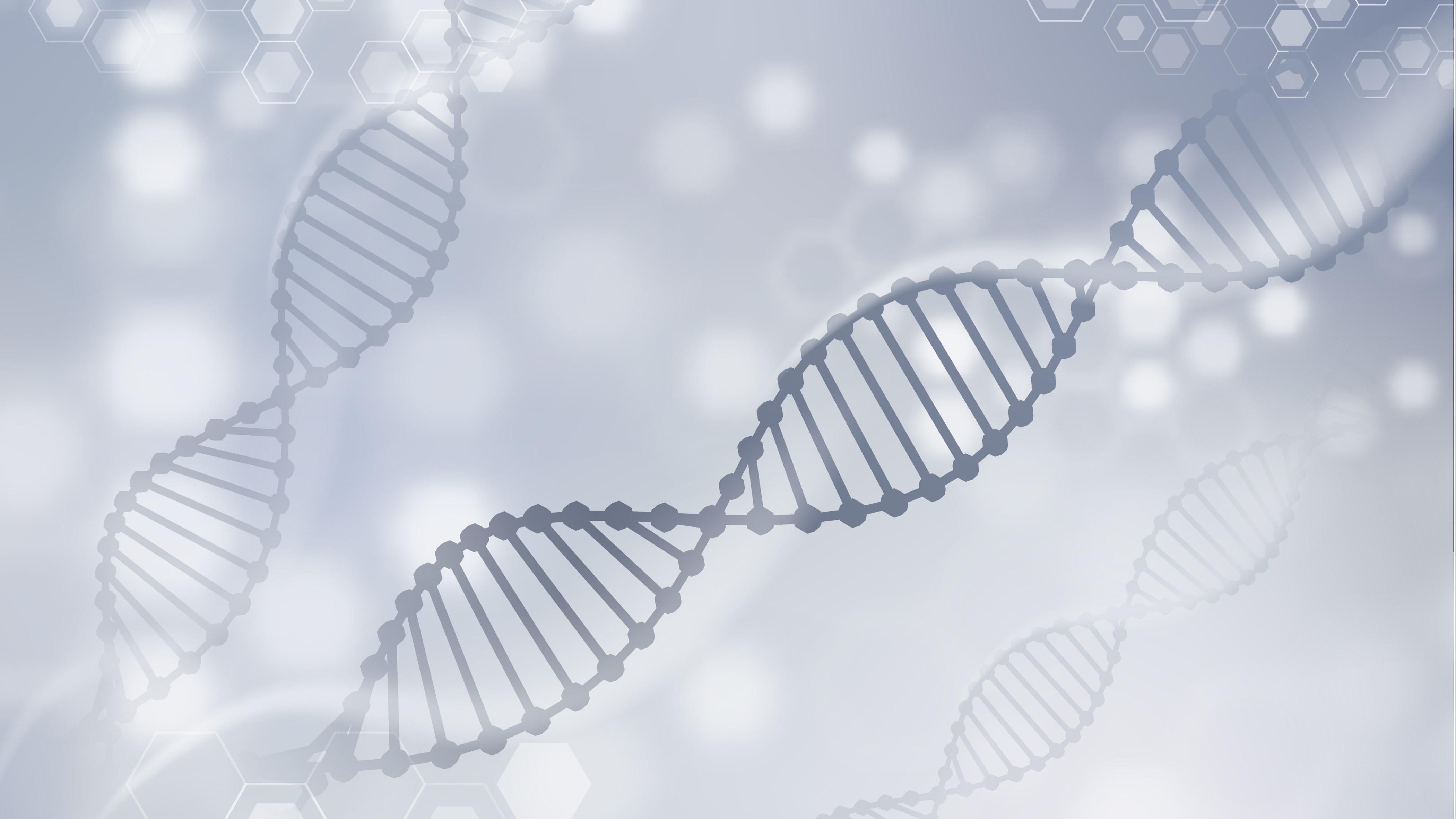
Typically, a news story based on scientists making something from Jurassic Park into reality is a terrible omen. Thankfully, today's breakthrough does not have to do with reviving dinosaurs... yet. Scientists have created a new mode of DNA storage and preservation using an amber-like polymer, for high scalability, ease of storing and removing DNA, and lossless DNA extraction.
James Banal and Jeremiah Johnson of MIT and a team of other MIT researchers published their findings in a study on Thursday. DNA is quickly becoming the storage method of the future; incredibly stable and incredibly dense, DNA can last orders of magnitude longer than flash or disk storage and could store all the world's data in a coffee mug. While DNA is classically used to store the genetic information of living things, it can be "programmed" to store more traditional data and information.
The amber storage method hopes to be a replacement for the current standard of freezing DNA for long-term preservation. Freezing is not scalable, requires below-freezing temperatures to keep, and risks damaging DNA through water or temperature damage. “Freezing DNA is the number one way to preserve it, but it’s very expensive, and it’s not scalable,” said Banal in an interview with MIT. “I think our new preservation method is going to be a technology that may drive the future of storing digital information on DNA.” Amber can store DNA at room temperature, does not risk damaging the data, and is highly scalable.
Programmable DNA offers an incredible amount of utility for data storage. 1 billion gigabytes of information can be stored in a cubic millimeter of DNA, a level of richness impossible for any digital solution to reach, perhaps ever. What's more, thanks to DNA's ACGT base pairs, programmed DNA storage could use a base-4 language rather than binary's base-2, making DNA even more efficient than traditional digital storage. Research company Biomemory will offer a $1,100 card storing 1 kilobyte in DNA, and is innovating on translating data into the base-4 system.
The MIT system, lovingly dubbed T-REX (Thermoset-REinforced Xeropreservation), is still only a research project, but it shows incredible promise. DNA data samples including the Emancipation Proclamation, the theme music from Jurassic Park, and an entire human genome have been stored in the T-REX amber and removed with no errors added, even when the "amber" was subjected to temperatures of up to 75°C.
While the team's current plans for the tech reside in the medical field, it is hard to see this breakthrough as anything but revolutionary for data storage as a whole, perhaps blazing a trail for tomorrow's data-rich storage solutions. Google's scan of a cubic millimeter of a brain took up 1.4 petabytes of storage; DNA storage could take the ~140 acres of server space needed to hold a full brain scan down to a small collection of rocks.







